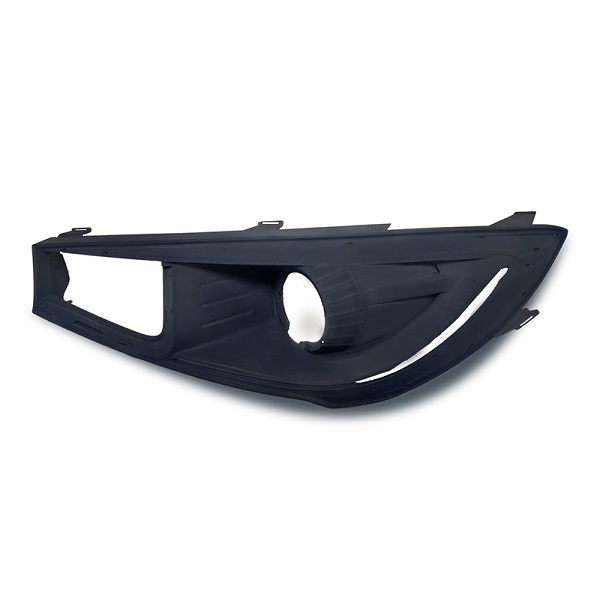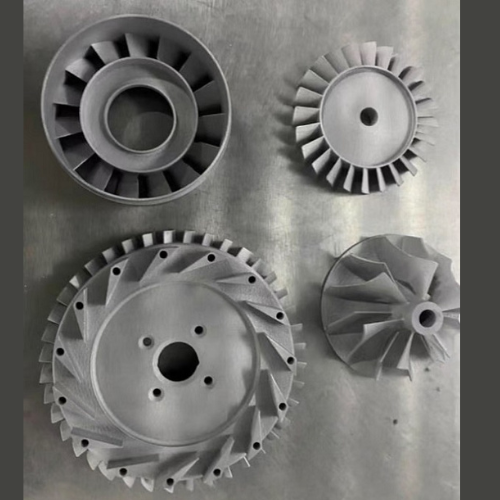3D printing & manufacturing services for Automobile industry.
So many efficient options are available to produce prototypes & functional parts for the automobile industry.
In 3d printing, We have plastic, nylon, carbon fiber & metals with various grades available.
You can explore the materials on this page- Material.
For CNC- Various grades in AL, SS, Ti, brass, and bronze are available.
In vacuum casting, we have some of the strongest materials available that can be use for dashboards, bumpers, spoilers, diffusers & consoles.


3D Printing Applications in the Automobile Industry
1. Prototyping and Design:
- Rapid Prototyping: 3D printing allows for the quick creation of prototypes, facilitating faster design iterations and reducing the time to market for new vehicles.
- Design Flexibility: Engineers can experiment with complex geometries and customized components, leading to more innovative vehicle designs.
2. Manufacturing of Parts:
- Tooling and Fixtures: Custom tools, jigs, and fixtures can be quickly produced using 3D printing, enhancing production efficiency and accuracy.
- Spare Parts Production: Low-volume and obsolete parts can be produced on demand, reducing the need for large inventories and warehousing.
3. Customization:
- Personalized Components: Consumers can customize certain aspects of their vehicles, such as interior trim or aesthetic features, to match their preferences.
- Limited Editions: Automakers can produce limited edition models with unique components that wouldn’t be feasible with traditional manufacturing.
4. Light-weighting:
- Material Efficiency: 3D printing allows for the use of lightweight materials and the optimization of part geometries to reduce weight, improving fuel efficiency and performance.
- Complex Structures: Parts with intricate internal structures, such as lattice frameworks, can be produced to enhance strength while minimizing weight.
5. Assembly Line Integration:
- On-Site Production: 3D printers can be integrated into assembly lines to produce parts directly where they are needed, streamlining the production process.
- Reduced Lead Times: The ability to produce components in-house reduces dependency on suppliers and shortens lead times.
CNC Applications in the Automobile Industry
1. Precision Manufacturing:
- High Accuracy: CNC machines provide high precision in machining parts, ensuring that critical components meet exact specifications.
- Consistency: Automated CNC processes ensure consistent quality across all produced parts, essential for maintaining high standards in vehicle manufacturing.
2. Engine Components:
- Engine Blocks and Cylinders: CNC machining is used to produce highly accurate and complex engine components, crucial for performance and reliability.
- Transmission Parts: Gears, shafts, and other transmission components are precisely machined to ensure smooth and efficient operation.
3. Custom Parts and Prototyping:
- Small Batch Production: CNC machines are ideal for producing custom parts and small production runs, allowing for the testing of new designs and materials.
- Rapid Prototyping: CNC machining can quickly produce prototypes for testing and validation, similar to 3D printing but with different material capabilities.
4. Interior and Exterior Components:
- Dashboard Components: CNC machining is used to create precise and high-quality dashboard elements, enhancing the aesthetic and functional quality of the vehicle interior.
- Body Panels: CNC machines can fabricate intricate exterior panels and components, contributing to the overall design and aerodynamics of the vehicle.
5. Aftermarket Parts and Customization:
- Custom Upgrades: Enthusiasts and aftermarket manufacturers use CNC machining to create custom upgrades and performance parts tailored to specific vehicle models.
- Repair and Restoration: CNC machining helps in producing parts for classic cars and restoration projects where original parts are no longer available.
Integration of 3D Printing and CNC in Automotive Manufacturing
1. Hybrid Manufacturing:
- Combined Strengths: Leveraging the design flexibility of 3D printing and the precision of CNC machining can result in highly optimized and intricate parts.
- Enhanced Capabilities: Combining these technologies can reduce material waste, improve structural integrity, and streamline the production process.
2. End-to-End Solutions:
- Seamless Workflow: Integrating 3D printing and CNC machining into a unified workflow can accelerate product development cycles and improve overall manufacturing efficiency.
- Cost Savings: The combined use of these technologies can lower production costs by reducing material usage and minimizing manual labor.
The integration of 3D printing and CNC machining continues to revolutionize the automobile industry by enhancing production capabilities, improving design flexibility, and reducing time to market for new vehicles and components.
